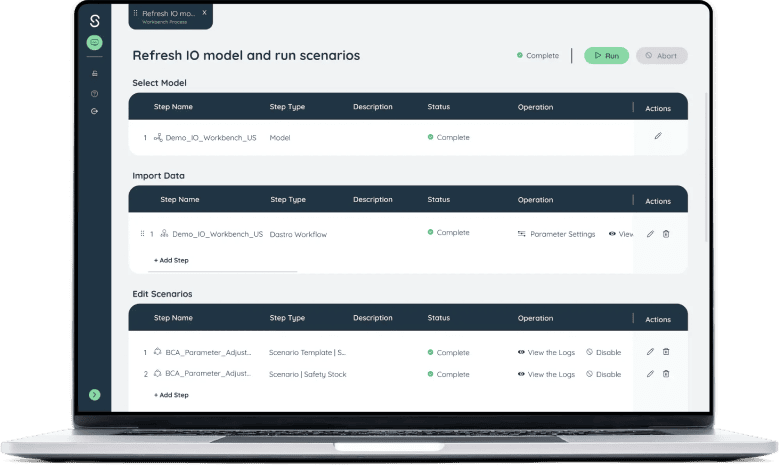
Request a demo
Cost To Serve
Challenges

Lack of granular cost/margin insights: Companies struggle to understand the true cost and margin to serve by customer, product, or supplier. While finance may know a product has a 20% margin, identifying which customers or products contribute to or erode this margin is difficult due to unclear end-to-end supply chain cost allocation.

Siloed systems and data foundations: Most companies rely on fragmented systems that lack the ability to link end-to-end supply chain activities and costs, making it hard to gain actionable insights.

Inefficient fixed cost utilization: Fixed costs, such as asset investments, are significant cost drivers. However, optimizing resource utilization to maximize efficiency requires a deeper understanding of cost-to-serve dynamics.
Sophus Solution

Request a demo


